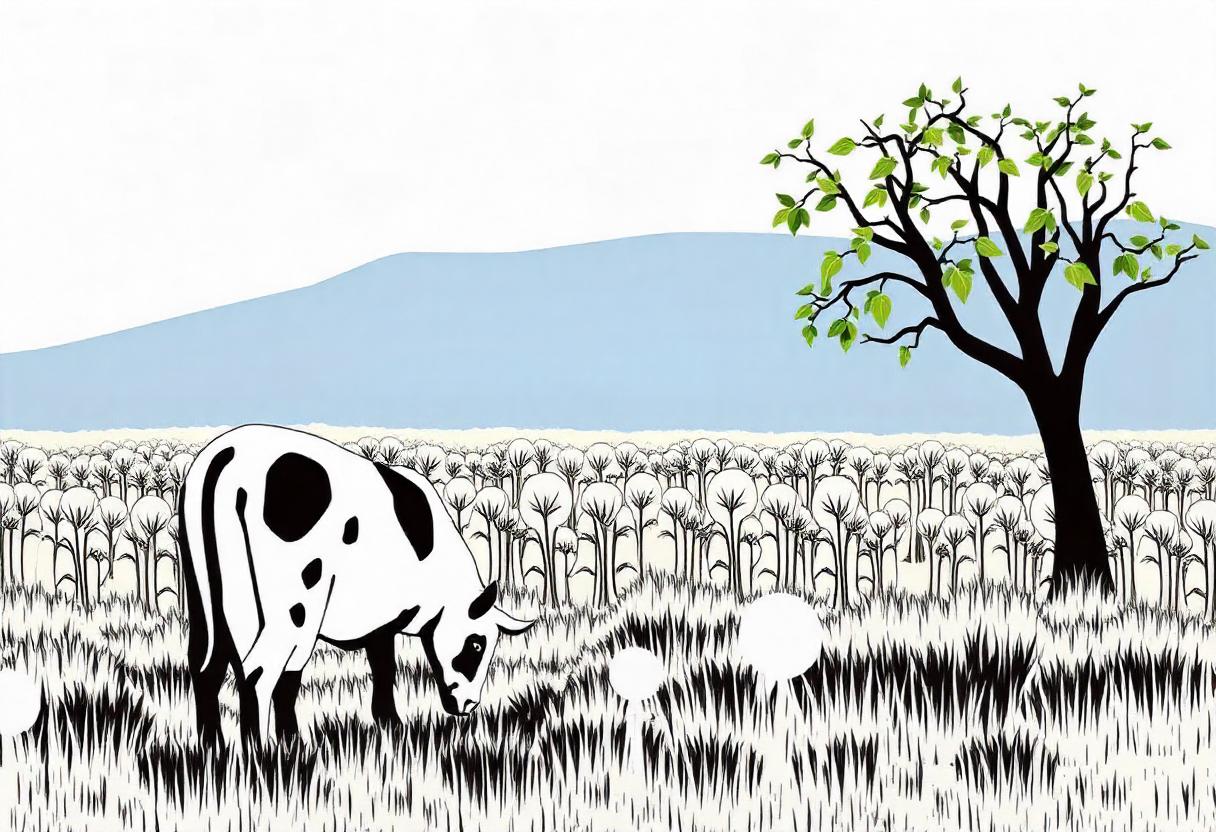
The terms “agriculture” and “agricultural” are often used interchangeably, but they have distinct meanings and uses in different contexts. Both words are related to farming and the cultivation of crops and livestock, but understanding their differences is essential for proper usage.
Definition of Agriculture
“Agriculture” refers to the science, practice, or occupation of farming. It encompasses all activities involved in cultivating plants and raising animals for food, fiber, and other products. Agriculture is a broad term that includes crop production, livestock farming, forestry, aquaculture, and the use of natural resources like water and soil to sustain farming activities.
Examples of how “agriculture” is used include:
- Agriculture is the backbone of the economy in many developing countries.
- Technological advancements in agriculture have improved crop yields.
- The study of agriculture includes soil science, plant breeding, and animal husbandry.
Definition of Agricultural
“Agricultural” is the adjective form of “agriculture” and is used to describe anything related to farming or the practice of agriculture. It qualifies or modifies nouns, giving more context to how something is connected to the field of agriculture.
Examples of how “agricultural” is used include:
- Agricultural practices vary greatly depending on the region and climate.
- The government is providing subsidies to support agricultural development.
- Agricultural equipment, such as tractors and harvesters, is essential for modern farming.
Usage in Different Contexts
The main distinction between “agriculture” and “agricultural” lies in their grammatical usage. “Agriculture” functions as a noun, referring to the overall practice or industry, while “agricultural” is an adjective that describes something related to that practice.
For instance, you might say:
- “Sustainable agriculture is important for preserving the environment.”
But when describing something within that field, you would say:
- “Sustainable agricultural methods are being implemented to reduce environmental impact.”
Scope and Application
“Agriculture” refers to the entire field or industry of farming, encompassing all related activities. It includes everything from crop cultivation and livestock management to agribusiness and agricultural technology. It is the foundation of food production, impacting global food security, economies, and rural development.
On the other hand, “agricultural” is used to specify the types of activities, equipment, practices, and policies that relate to farming. For example, agricultural laws regulate how farming is done, agricultural technology refers to innovations that aid farming, and agricultural economics studies how farming impacts markets and economies.
Examples of Agriculture and Agricultural Sectors
- Agriculture: Refers to sectors like organic farming, livestock breeding, horticulture, and aquaculture. The term can cover both traditional and modern farming techniques used to grow crops and raise animals.
- Agricultural: Describes components such as agricultural machinery, agricultural policies, or agricultural education. It is used to modify the specific tools, technologies, or institutions associated with farming.
Global Importance of Agriculture
Agriculture plays a critical role in the global economy, providing food, raw materials, and employment for millions of people. With the growing global population, sustainable agriculture is increasingly vital to meet food security challenges. Agricultural practices must evolve to ensure efficient use of resources while minimizing environmental impacts.
The Role of Agricultural Technologies
Agricultural technologies, such as precision farming, genetically modified crops, and advanced irrigation systems, have transformed the agricultural landscape. These innovations help increase productivity and reduce waste, contributing to more sustainable farming practices. Agricultural equipment and methods are constantly evolving to meet the demands of modern farming and climate change challenges.
Agriculture, as an industry, continues to adapt with the help of agricultural advancements, ensuring that farming remains efficient, sustainable, and capable of feeding the world’s growing population.